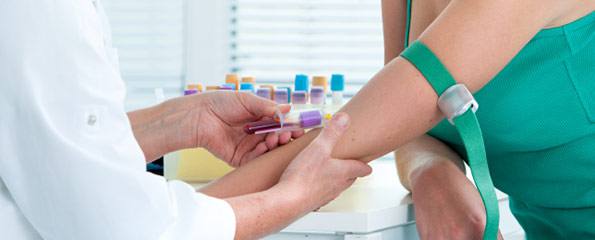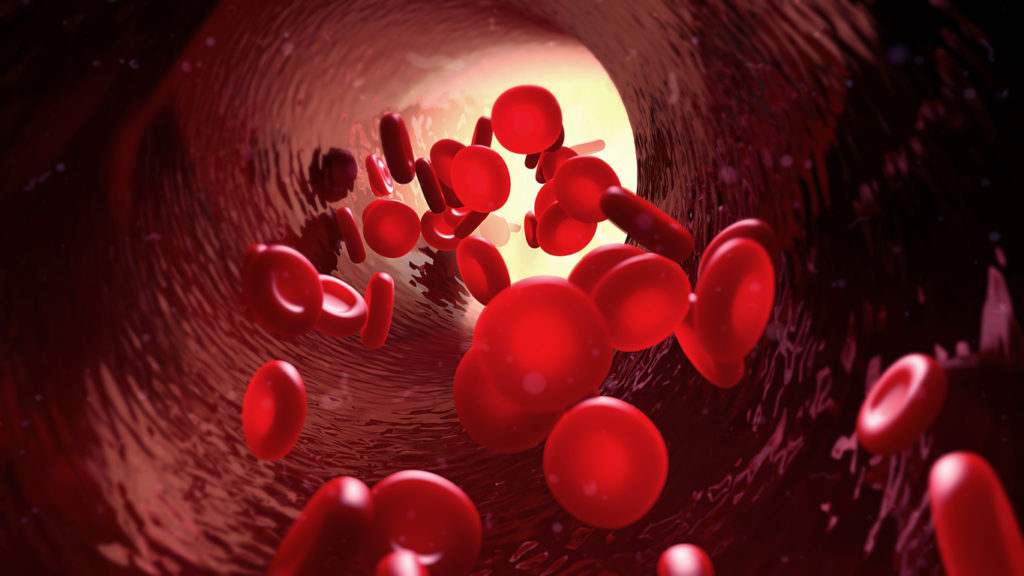The purpose of this trial is to find out if a special website might help people discover if they have high cholesterol and then enable them to manage their cholesterol more appropriately. The primary aim of this trial is to determine the effects on consumers’ use of cholesterol lowering therapy of an online service that provides automated, individually tailored, advice about eligibility for cholesterol lowering treatment. The primary null hypothesis being tested is that the service will result in no change in the use of cholesterol lowering treatments by consumers that use the service.
The secondary aim of the trial is to see if it is possible to improve the cholesterol management of the friends or relatives of consumers that use the I-CAT service. The corresponding secondary null hypothesis being tested is that the I-CAT service will result in no change in the use of cholesterol lowering treatments by the friends or relatives of the consumers that use the service.
Official Title
Internet-Based Cholesterol Assessment Trial
Conditions
Hypercholesterolemia
Study Type
Interventional
Study Design
Educational/Counseling/Training, Randomized, Double-Blind, Placebo Control, Parallel Assignment, Efficacy Study
Further Details
Primary Outcome Measures:
- To determine the effectiveness of a consumer-mediated, Internet-based strategy for identification and intervention in hypercholesterolemia.
Secondary Outcome Measures:
- To determine the effectiveness of a consumer-mediated, Internet-based strategy in the adoption of healhier behaviour and lifestyle
The Internet-based Cholesterol Assessment Trial (I-CAT) is a masked, randomised, controlled trial that will include at least 3,700 consumers followed for between 8 and 16 weeks. All consumers that participate in the study will ultimately be offered the I-CAT service, which provides individually tailored information about the management of cholesterol-related risk via an interactive website. However, by offering the service immediately to one group (intervention) and delaying it by 8 weeks in the other group (control) it will be possible to precisely and reliably determine the effects of the I-CAT service on consumers and their use of cholesterol lowering interventions.
Study Start
October 2004; Expected completion: September 2005
Eligibility & Criteria
- Ages Eligible for Study: 18 Years and above
- Genders Eligible for Study: Both
Inclusion Criteria:
- Internet access
- Informed consent
- Resident in Australia
- Prepared to answer some simple baseline questions about health
- Prepared to return to the site on up to two occasions over the following 8-16 weeks to answer some brief follow-up questions, and
- Not referred to the site by a friend of a relative already enrolled in the study (since they would then be a ‘friend or relative’ see below).
A friend or relative of the index cases will be required to fulfil the same eligibility criteria except that they:
- Will be provided with a modified information sheet and consent form congruent with their level of participation in the study
- Will have been referred to the service by an index case, and
- Will only be required to visit the site on one more occasion (after 8 weeks) to answer some brief follow-up questions.
Total Enrolment
3708
Contact Details
- Ruth Webster, MB BS: 61 2 9993 4500; rwebster@thegeorgeinstitute.org
- Stephen Li, MB BS FRCPA: 61 2 9845 7990; stephenl@icpmr.wsahs.nsw.gov.au
The George Institute for International Health, Camperdown, New South Wales, 2050, Australia; Recruiting
- Merianos Helen: 61 2 9993 4500; hmerianos@thegeorgeinstitute.org
- Bruce Neal, MB BS PhD: 61 2 9993 4500; bneal@thegeorgeinstitute.org
All content and media on the HealthEngine Blog is created and published online for informational purposes only. It is not intended to be a substitute for professional medical advice and should not be relied on as health or personal advice. Always seek the guidance of your doctor or other qualified health professional with any questions you may have regarding your health or a medical condition. Never disregard the advice of a medical professional, or delay in seeking it because of something you have read on this Website. If you think you may have a medical emergency, call your doctor, go to the nearest hospital emergency department, or call the emergency services immediately.







